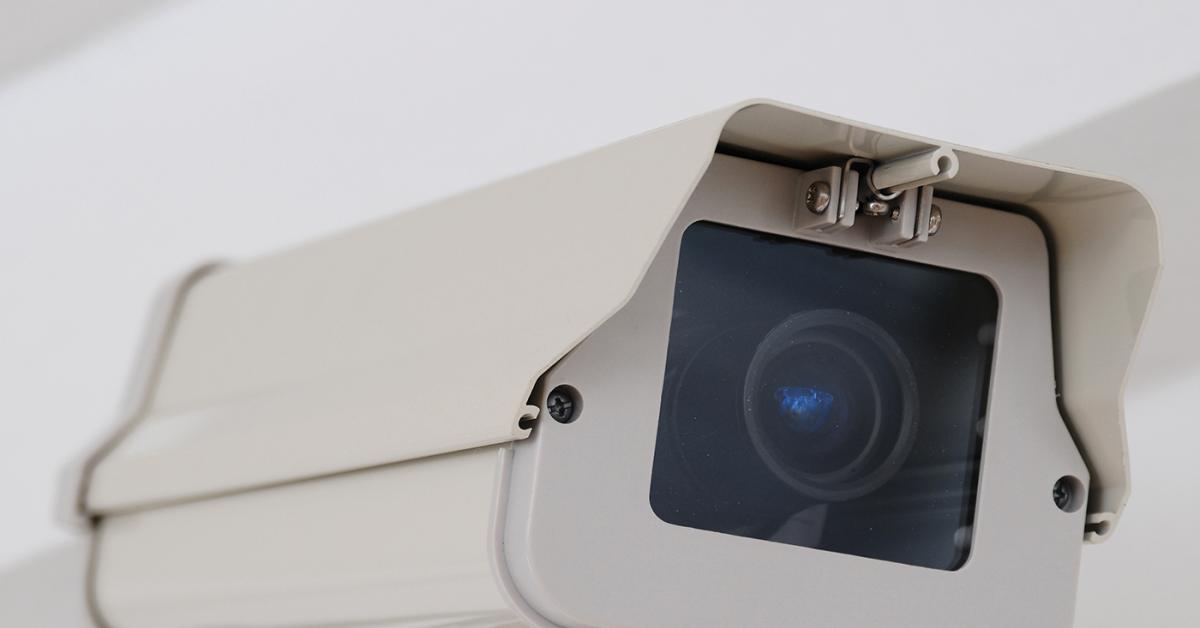CHICAGO — Laundry and linen service safety usually relates to the working environment, keeping employees safe from accidents.
But there is more to safety at an operation. The security of a facility, keeping workers safe from internal and external threats, can be overlooked by both employers and employees.
With workplace violence increasing over the past few years, it makes sense for leadership to assess the laundry’s security measures.
American Laundry News spoke with two safety and security experts to learn about the types of security threats laundry options face and how facilities can improve security measures.
SECURITY THREATS
Donald Bock is principal of Seabright Safety Solutions Inc. in Santa Maria, California, which specializes in consulting on safety, loss prevention processes, operational remedies, and production expertise designed specifically for the textile rental industry.
He says one of the greatest risks in a commercial laundry is the threat of a fire, and the implementation of a security system can drastically reduce that risk.
“Fires can develop through exothermic chemical reaction in the soil area or in the finishing area of a plant,” Bock says. “Installing security cameras that monitor the soiled linen areas and the storage of clean linen that has not been completely finished (either bundled or bagged for delivery) can be instrumental in reducing this risk.”
Operators can engage alarm or monitoring companies that utilize thermal imaging cameras as well as cameras showing the area clearly, he says. These cameras, properly aimed at the soil and finishing areas can reveal the development of exothermic reaction by measuring temperatures or showing developing smoke.
“With the implementation of recent technology, operators who utilize this methodology can be alerted to the developing risk by receiving a text or phone call,” Bock shares.
In addition to the ongoing concern of exothermic reaction, or what is called “spontaneous combustion,” he says there is also the potential risk of arson.
“Arson is a real threat in the industry and is an example of opportunistic vandalism,” Bock explains. “While arson is not typically a daily concern it can and does occur.
“The installation of security cameras on the exterior of the building can be a deterrent to this type of vandalism. Cameras installed on the interior walls can also record a breach of the building by vandals intent on creating damage.”
Opportunistic vandalism may be just local youth who are seeking a thrill, but it may also be the work of a disgruntled employee, he points out.
“In either case, the resulting fire can be devastating,” shares Bock. “To avoid the potential for arson, be sure to install cameras to monitor both the exterior and interior.
“Ensure that all doors are closed and locked while the building is unoccupied. Lock up all flammables in cabinets designed for storage of flammables.
“During business hours ensure that all guests enter through the main door to the business and require them to sign in, identifying their business with the organization. Ensure that all trash and refuse is contained and covered.”
Bock also says there is always an active-shooter threat, most often resulting from a disgruntled employee or ex-employee.
“The installation of security cameras can be a deterrent and an action plan in the event of an active shooter should be a component of the organization’s Emergency Action Plan,” he says.
Read the conclusion Thursday about conducting a risk assessment and implementing strategies.
Have a question or comment? E-mail our editor Matt Poe at [email protected].


















































































































































































































































